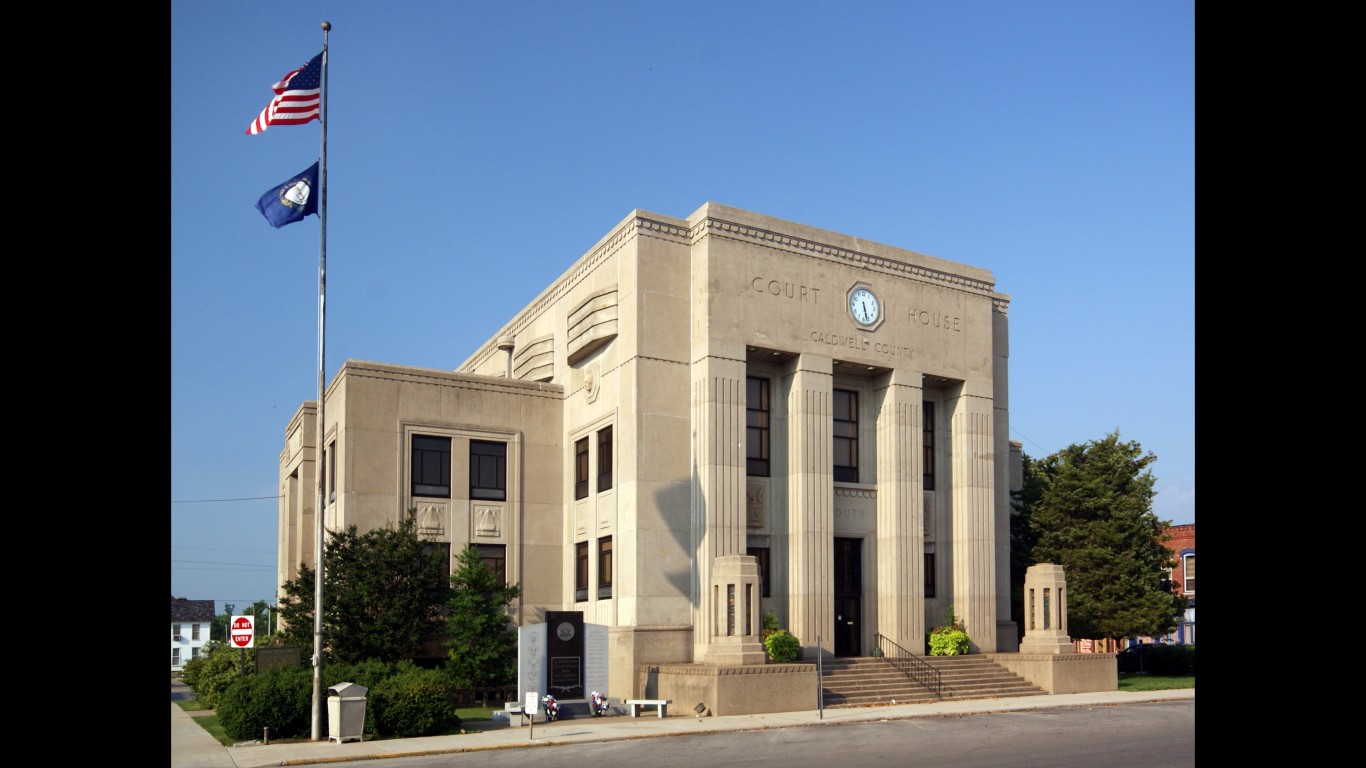
While the growth of the COVID-19 virus across the U.S. has slowed, it remains a tremendous danger. The daily growth of confirmed cases has slow to under 100,000 from an amount much more than twice that three short months ago. New fatal cases per day now run as low as 1,000, which is much as three quarters lower than the peak. Nevertheless, there have been 29,506,986 confirmed cases so far, which is about 25% of the world’s total. Fatal cases in the U.S. are 535,758, about 20% of the global number.
Vaccination rates have risen quickly in the last two weeks. The Biden Administration says it will have enough vaccine for all Americans by May 1. At this point, 20% of Americans have received at least one dose and 11% have been fully vaccinated. Nationwide, 133,337,525 doses have been delivered and 101,128,005 have been given.
There are two challenges to further slowing the spread of the disease. The first is variants, some of which may spread faster than the version which infected most people from last January until recently. The CDC tracks three of these for the public–the B.1.1.7, the B.1.351, and the P.1 variant. There are variants in all 50 states, and epidemiologists believe that there are more than these three.
The other challenge is the opening up of parts of the U.S. Texas, the second largest state by population is a case in point. The governor has dropped the state’s mask mandate, and allowed a renewal of social gatherings, and opened businesses. Public health officials worry this may cause a fourth wave of the disease.
Much of the reported data about COVID-19 covers raw numbers–deaths, recoveries, hospitalizations, and confirmed cases. However, these figures do not allow people to compare places with very different population sizes. The solution is to report numbers on a per 100,000 person basis.
Currently, America’s worst hotspot based on The New York Times analysis of “Counties with the highest number of recent cases per resident” is Lyon County, Kentucky. Its average cases per 100,000 over the last seven days is 782, well than twice that of any other county in America.
Lyon County has 8,210 residents. Just below 90% of the population is White. Its median household income at $52,528 is well below the national average. Its poverty rate of 14.5% is well above the national figure.
Lyon County is in the western part of Kentucky, southeast of Paducah.
Another county will take the position of America’s hotspot. That has happened many times as the spread of the disease has risen and then fallen from place to place. Almost certainly, however, the COVID-19 scar will linger in Lyon County for a very long time.
Click here to read This Is The State Struggling Most To Vaccinate Residents
Take Charge of Your Retirement: Find the Right Financial Advisor For You in Minutes (Sponsor)
Retirement planning doesn’t have to feel overwhelming. The key is finding professional guidance—and we’ve made it easier than ever for you to connect with the right financial advisor for your unique needs.
Here’s how it works:
1️ Answer a Few Simple Questions
Tell us a bit about your goals and preferences—it only takes a few minutes!
2️ Get Your Top Advisor Matches
This tool matches you with qualified advisors who specialize in helping people like you achieve financial success.
3️ Choose Your Best Fit
Review their profiles, schedule an introductory meeting, and select the advisor who feels right for you.
Why wait? Start building the retirement you’ve always dreamed of. Click here to get started today!
Thank you for reading! Have some feedback for us?
Contact the 24/7 Wall St. editorial team.



